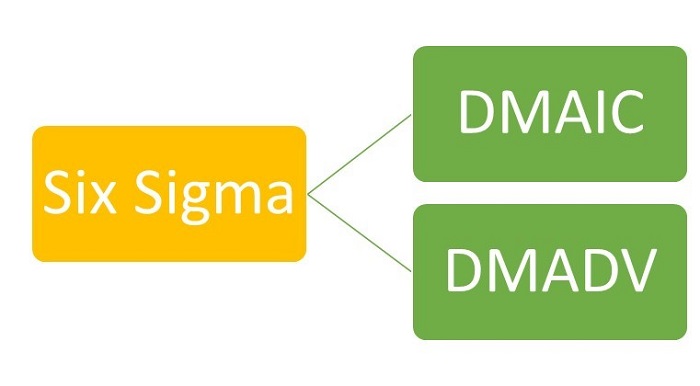Six Sigma is a well-organized and quantitative approach relating setting up a system and process for the improvement of well-defined metrics in manufacturing, service, or financial processes. Six Sigma can be viewed as (4S) Systematic, Scientific, Statistical, Smarter. The method energies the overall process of selecting the right projects based on an organization's business goals and selecting and training the right people to achieve results. Continual Improvement in Quality, Cost and Delivery leads to customer satisfaction. Six Sigma helps to learn the basic concept of understanding the voice of the customer.

Six Sigma works through the use of two sub-methodologies; DMAIC, which stands for Define, Measure, Analyse, Improve and Control and is used for existing processes, and DMADV, which is used for new processes and stands for Define, Measure, Analyse, Design, and Verify.
Six Sigma is as much about people excellence as it is about technical excellence.
Employees often wonder how they are going to resolve a challenging problem, but when they are given the tools to correlate a problem with a solution they can find solutions to the problem more easily and quickly.
Six Sigma Innovation & the DMAIC
-
DEFINE the problem and customer requirements.
-
MEASURE defect rates and document the process in its current incarnation.
-
ANALYZE process data and determine the capability of the process.
-
IMPROVE the process and remove defect causes.
-
CONTROL the process ensure that the defects do not reoccur.
DMAIC is data driven statistical approach to the business problem, and each step of DMAIC ensures the best suitable solution to the business problem.
Six Sigma Innovation & the DMADV
-
Define: Define the goals of the project and that of the customers (both internal and external).
-
Measure: quantify the customer needs as well as the goals of the organization.
-
Analyze: Analyze the options, existing process to determine the cause of error beginning and evaluate curative measures.
-
Design: Design a new process or a corrective step to the existing one to remove the error origination that meets the target requirement.
-
Verify: Verify, by simulation or otherwise, the performance of thus developed design and its ability to meet the target needs.
There is one more methodology called DFSS - Design For Six Sigma. DFSS is a data-driven quality approach for designing or redesigning a product or service from the ground up.
At times, a DMAIC project may turn into a DFSS project because the process in question needs a complete redesign to bring about the desired degree of improvement.
The Cost of Six Sigma Implementation
Most of the important Six Sigma budget items can include the following:
-
Direct Payroll for the persons dedicated to the effort full time.
-
Indirect Payroll for the time devoted by executives, team members, process owners and others, involved in activities like data collecting and measurement.
-
Training and Consultation fee to teach Six Sigma Skills and getting instruction on how to make efforts successful.
-
Improvement Implementation Cost.
Six Sigma continues to progress and address 21st century business problems and goals, professionals that demonstrate a mastery of these practices could find many applicable opportunities in a variety of industry settings.
